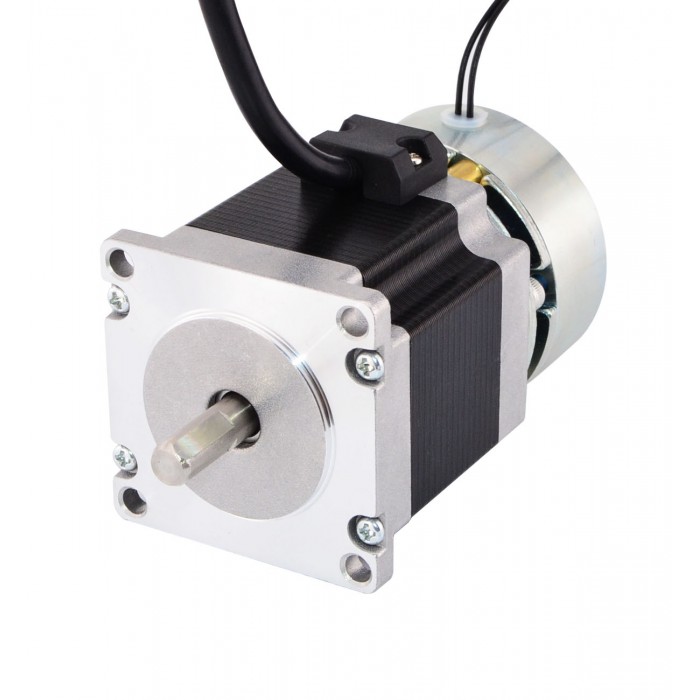Customer Inquiry: Looking for a best stepping motor from china with good stopping accuracy. How much of a difference is there between stepper motors and servo motors?
Assumption: The AC servo motor NX Series is equipped with a 20-bit encoder, thus it should have a fine resolution, and good stopping accuracy.
First, it is necessary to clarify the difference between resolution and stopping accuracy: Resolution is the number of steps per revolution and it is also called a step angle for stepper motors. It is needed when considering how precise the required positioning needs to be. Stopping accuracy is the difference between the actual stop position and theoretical stop position.
Assumption: The AC servo motor NX Series is equipped with a 20-bit encoder, thus it should have a fine resolution, and good stopping accuracy.
First, it is necessary to clarify the difference between resolution and stopping accuracy: Resolution is the number of steps per revolution and it is also called a step angle for stepper motors. It is needed when considering how precise the required positioning needs to be. Stopping accuracy is the difference between the actual stop position and theoretical stop position.
Does this mean that the AC servo motor equipped with a high accuracy encoder has better stopping accuracy than stepper motors?
Not quite. In the past there was no issue with the concept of "stopping accuracy of servo motors being equal to encoder resolution within ±1 pulse." However, recent servo motors are equipped with the 20 bit encoder (1,048,576 steps) which has a very fine resolution. Because of this, errors due to the encoder installation accuracy have a huge effect on stopping accuracy. Therefore, the concept of stopping accuracy has slightly started to change.
According to the comparison charts, stopping accuracy between stepper motors and AC servo motors is almost the same (±0.02º ~ 0.03º). Accuracy depends on the mechanical precision of the motor for stepper motors, thus if stop position can be done per 7.2º, positioning is done by the same small teeth on the rotor at all times, according to the motor structure. This makes it possible to further improve stopping accuracy.
However, stepper motors may generate displacement angle depending on the load torque value. Also, depending on the mechanism condition, AC servo motors may have wider hunting width as a response to gain adjustments. For these reasons, some caution is required.








